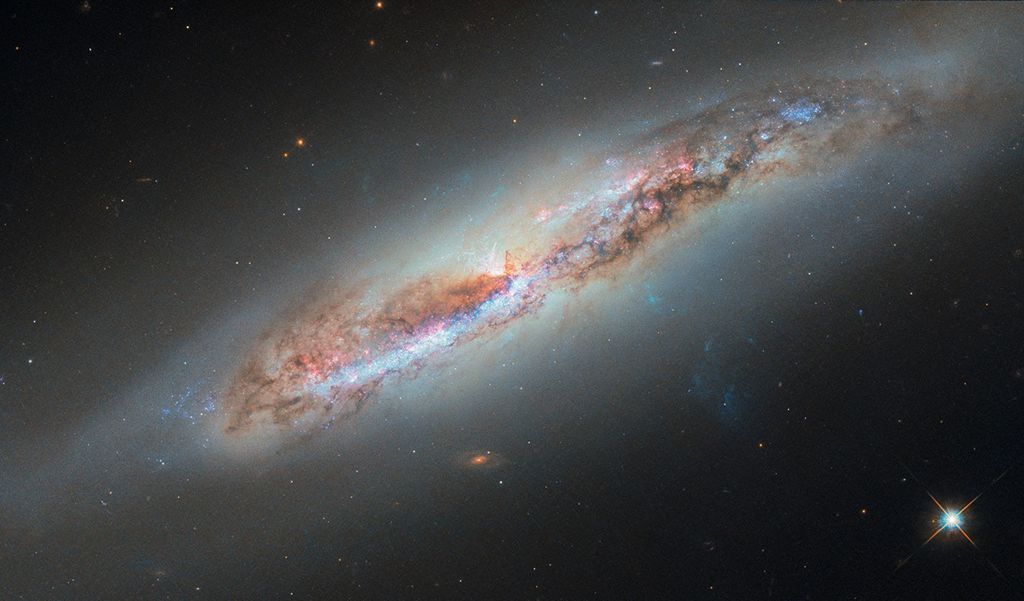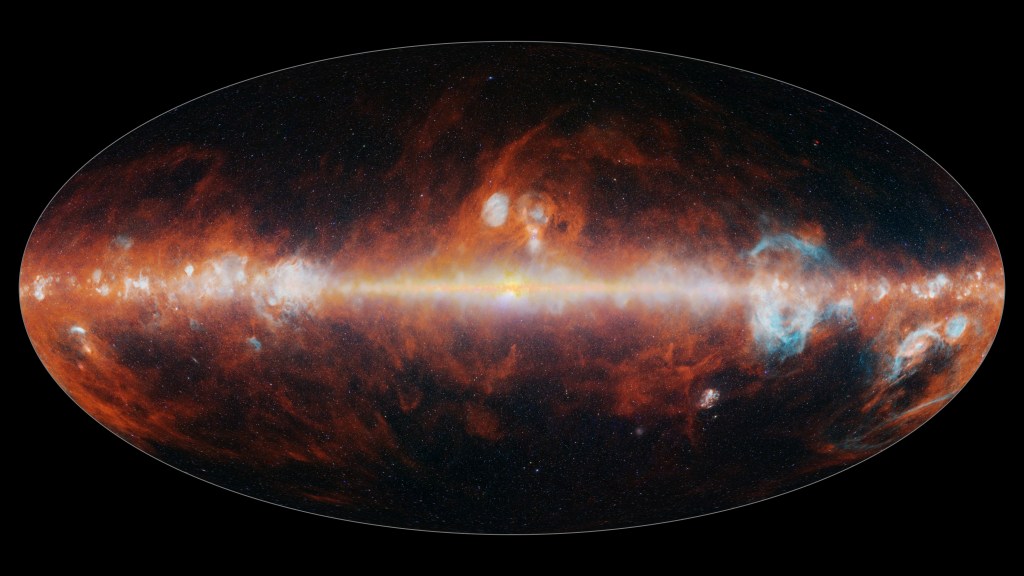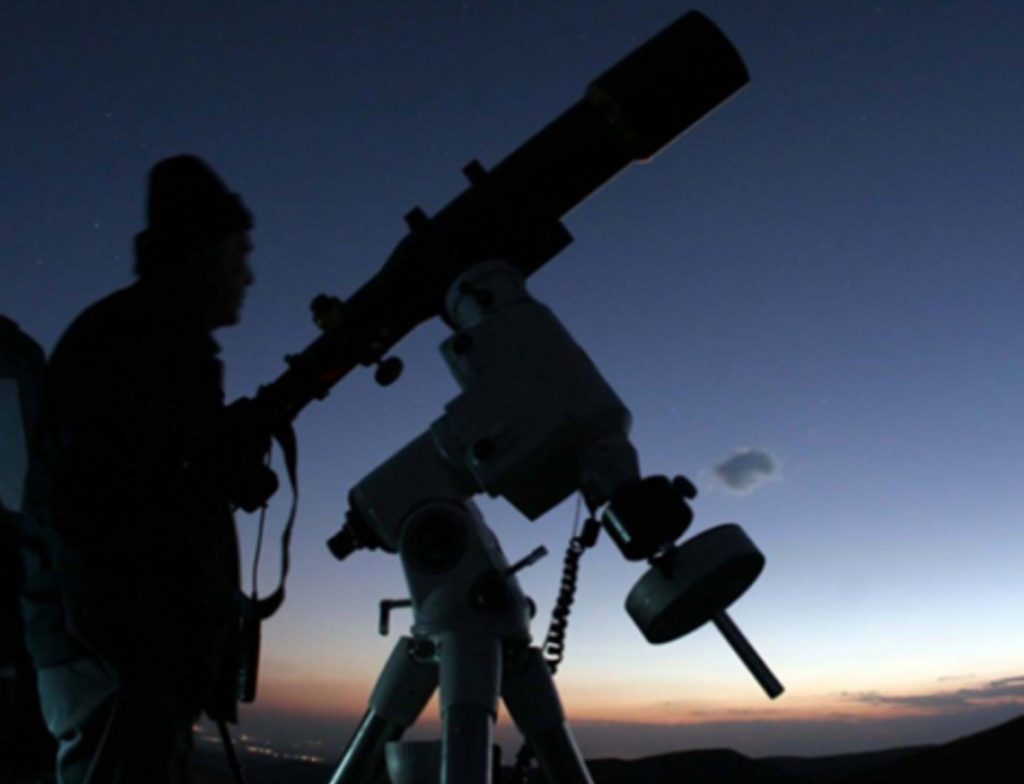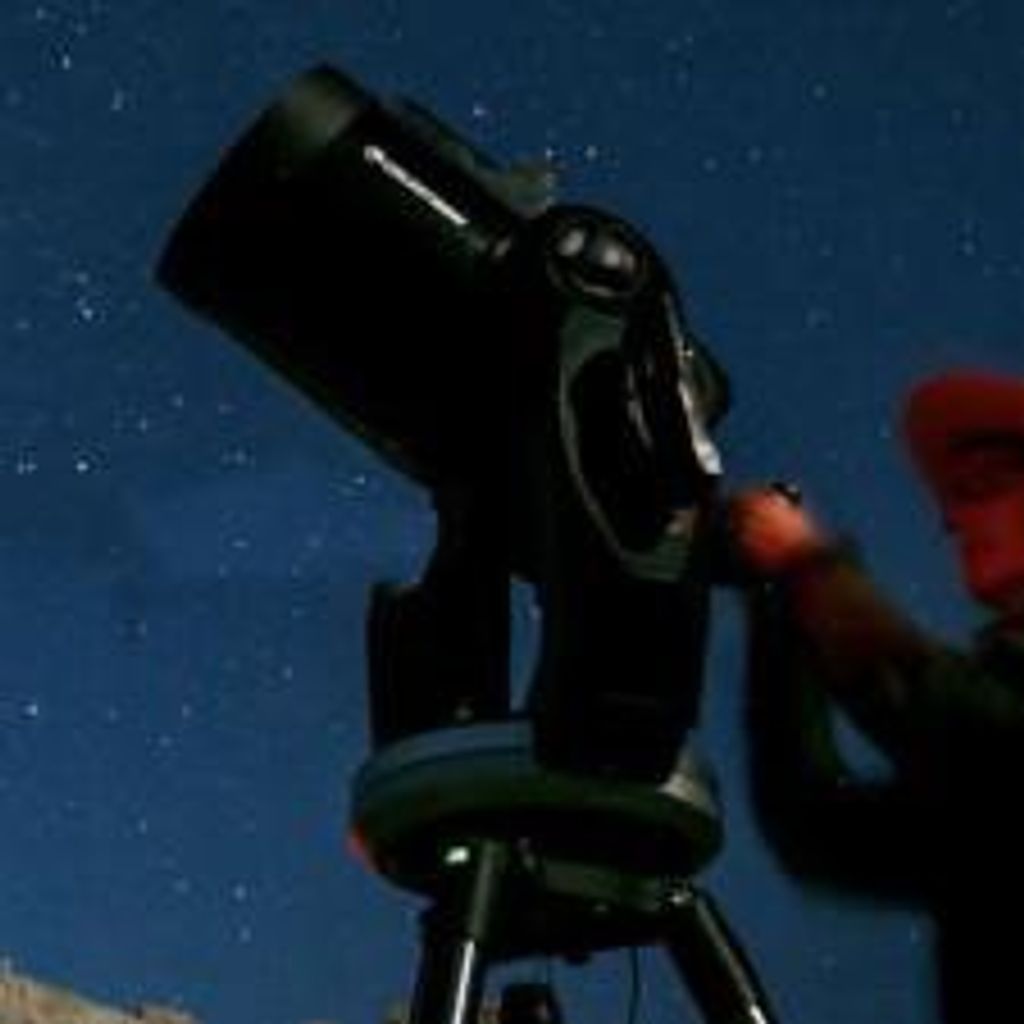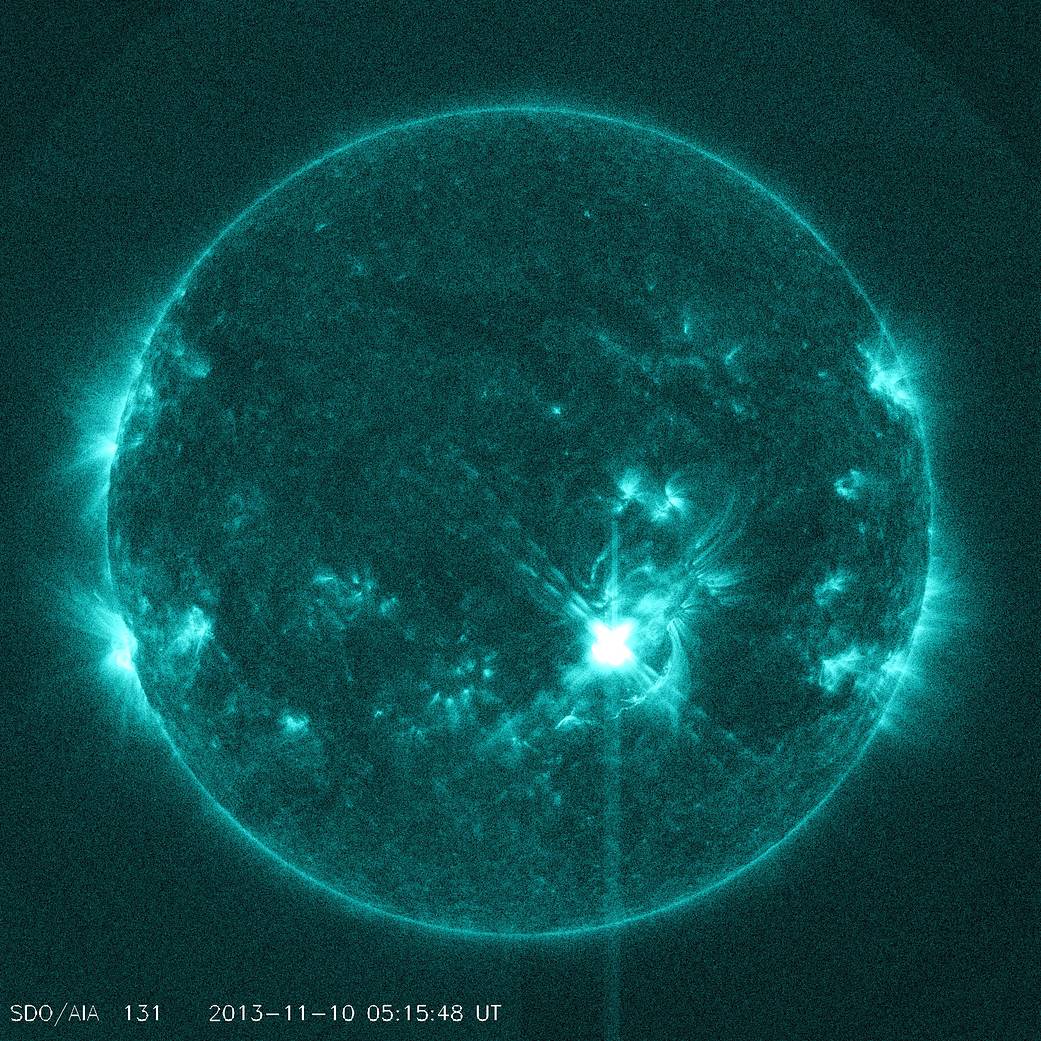NASA’s Solar Dynamics Observatory, or SDO, captured this image of an X1.1 class flare in the early hours of Nov. 10, 2013. The image represents light with a wavelength of 131 Angstroms, which is typically colorized in teal. Credit: NASA/SDO
The source sunspot for this event is AR1890 (AR standing for Active Region), a Jupiter-sized sunspot which continues to fire off X- and M-class flares since first rotating into view on Nov. 2, 2013.
Solar flares are powerful bursts of radiation. Harmful radiation from a flare cannot pass through Earth’s atmosphere to physically affect humans on the ground, however — when intense enough — they can disturb the atmosphere in the layer where GPS and communications signals travel.
This flare is classified as an X1.1 class flare. “X-class” denotes the most intense flares, while the number provides more information about its strength. An X2 is twice as intense as an X1, an X3 is three times as intense, etc.
Increased numbers of flares are quite common at the moment, since the sun’s normal 11-year activity cycle is ramping up toward solar maximum conditions. Humans have tracked this solar cycle continuously since it was discovered in 1843, and it is normal for there to be many flares a day during the sun’s peak activity.

